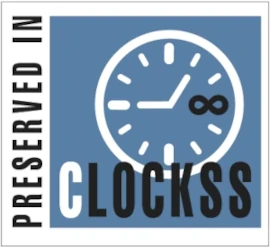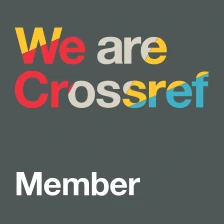Editorial: How is the money to combat human trafficking spent?
DOI:
https://doi.org/10.14197/atr.20121431Abstract
This Issue—Following the Money: Spending on anti-traffickingThis edition of the Anti-Trafficking Review explores what happens to the money that is allocated by governments and private donors to stop human trafficking and to assist people who have been trafficked.
It has been an honour to play the role of guest editor, though it has not been easy to steer a route between amazement (at the sums apparently involved), concern (at the lack of real insight into how money is allocated and spent) and cynicism (at what appear to be rather modest achievements).
It was challenging for potential authors to choose a method of analysing anti-trafficking spending. Should they simply describe what money is available and the drawbacks of the ways which donors make it available to organisations to use? Some authors take this descriptive approach. Should articles be about the efficiency and effectiveness of aid flows in general, in which case the shortcomings in anti-trafficking funding may mirror the generic flaws in aid flows? Only one author (Ucnikova) has tackled this. Or, should studies focus on the way the purse strings are controlled by a small number of donors who appear poorly informed about the needs of trafficked persons or the factors that cause them to be trafficked? Several of the articles touch on this (e.g. those of Hoff and Nwogu).
Early on, it became apparent to the editorial team that people working for large organisations with anti-trafficking programmes were wary of contributing articles on this topic. In this sense, although the Anti-Trafficking Review aims to promote public debate, we have not yet found the best way of opening up a debate about funding, for practitioners evidently fear that writing about their own sources of funding could result in the tap being turned off! So, it is mainly the Debate section that tackles the question of funding strategies. Even these contributions do not make assessments of the various actors involved (donors and the organisations they fund) in as full and frank a way as is needed.
The articles in this edition represent a start on the topic of anti-trafficking funding, but a great deal remains to be explored.
Metrics
Published
How to Cite
Issue
Section
License
The Anti-Trafficking Review has a policy of licensing under the Creative Commons Attribution License (CC-BY). Under the CC-BY license, the public is free to share, adapt, and make commercial use of the work. To protect our work and that of our authors, however, users must always give proper attribution to the author(s) and the Anti-Trafficking Review (i.e. with a complete bibliographic citation and link to the Anti-Trafficking Review website and/or DOI).
The Anti-Trafficking Review promotes the sharing of information, and we therefore encourage the reproduction and onward dissemination of articles published with us.








